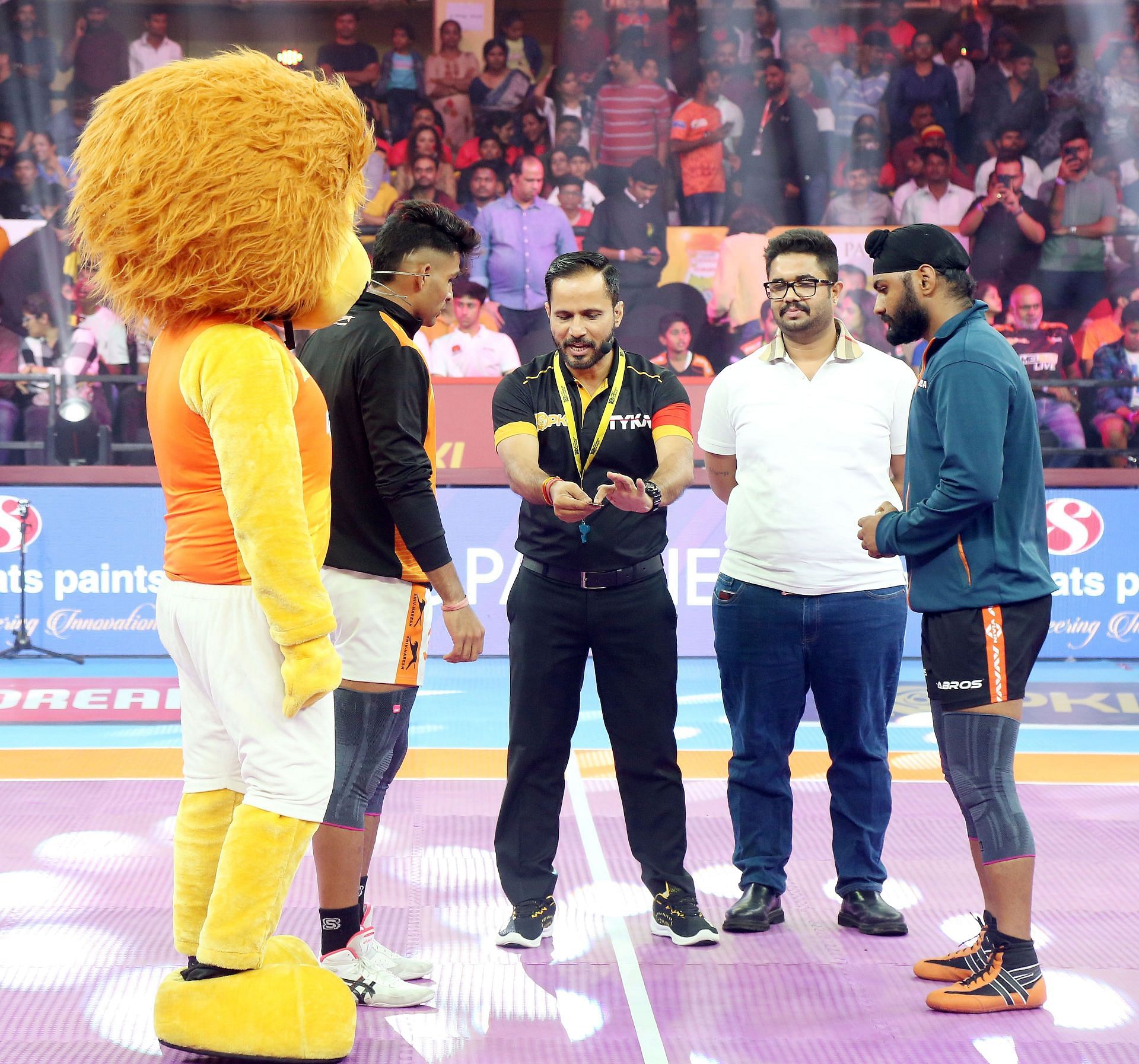
Pro Kabaddi 2023: All you need to know about green card, yellow card and red card in PKL 10
The Pro Kabaddi League (PKL) is in its historic tenth season. It is one of the most widely watched sports leagues in India and has garnered immense viewership. PKL 10 is currently in its third week, which is the Pune leg of the tournament.
While the players have gained opportunity and fame, the rules of the game are widely known as well. These rules also play a key part in engaging and attracting the audience to the game of Kabaddi and the PKL.
The Jaipur Pink Panthers are the defending champions, having won the PKL last season. PKL has provided the platform to several Kabaddi stars across the country to showcase their talent and make their mark.
Here, let us take a look at the cards that are used in Kabaddi, which the viewers may also have seen in use during the PKL.
Pro Kabaddi League (PKL) Warning and Suspension Cards
The sport of Kabaddi has three warning and suspension cards that are used by the referees. These are used to ensure the smooth conduct of the game and to maintain discipline on the court.
1. Green Card
The ‘Green Card’ is used as a warning that is given initially to a player or a coach. In case the referee shows this card to a player, the opponent team will not be awarded any technical points.
The degree of seriousness of this card is considered to be the least among all the cards in use.
2. Yellow Card
When a player is shown the ‘Yellow Card’ by the referee, it means that he is suspended for two minutes and cannot participate in the contest for that period. In this case, the team is not allowed to bring in a substitute player either.
The suspension of the player comes into play only when he is present on the mat. If the player is not on the mat when this card is shown, the suspension begins only after they are revived or are back on the mat.
If the referee shows this card to a player, the opponent team will also be awarded one technical point.
3. Red Card
A ‘Red Card’ indicates that the player is suspended for the remainder of the match and can no longer take part in the contest. In this case, the team is not allowed to bring in a substitution. The team will have to continue the game with the number of players remaining on the mat.
The suspension comes into play only when the player shown the card is present on the mat. Similar to the yellow card, if the player is not on the mat when the ‘Red Card’ is shown, the suspension comes into effect only once he is back on the court.
When can the referees use the warning and suspension cards?
There are certain scenarios, only during which, the referees can use the suspension and warning cards in the PKL. These are as follows:
1. When suggestions or coaching take place from outside the mat during the game (applicable to both coach and players).
2. When a player or coach exhibits aggressive behaviour towards the referees that is considered beyond limits.
3. When rude and ill-mannered comments are passed about the officials and the decisions made by them.
4. When a coach or a player hinders the progress of the game by making continuous appeals or raising objections against decisions made by the referees.
5. When any player tries to suffocate a raider in any possible manner.
6. When violent tackle techniques are used, ones that could cause injury to the opponent’s raider. (Also includes the act of jersey pulling).
7. When the opponent’s players try to stop the raider from taking his turn of the raid.
8. When a player takes extra time to begin the raid.